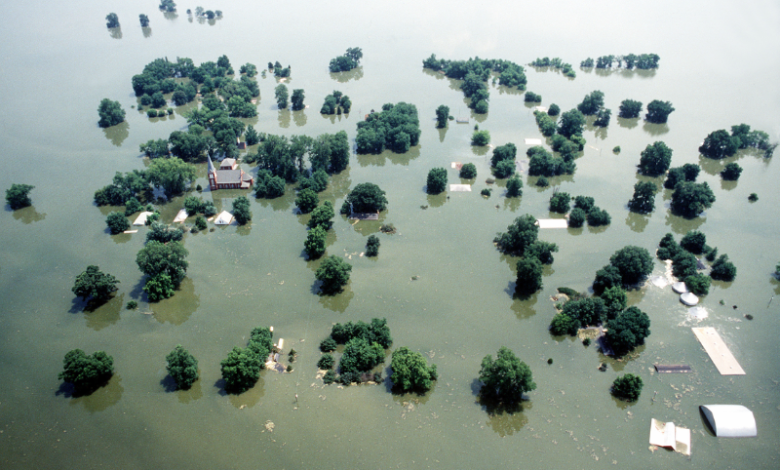How 2024 Became the Year of Floods?

Very frequently in 2024, it felt like there was flooding going on somewhere around the world. The floods took many forms like rivers cracked open their banks due to rapidly melting snowpack, coastal dwellings were submerged as rising waves were forced ashore by powerful storms and torrential rains rained on a globe that was becoming more and more led over.
This year photographers have covered flooding in over 45 nations whether from helicopters, drones, makeshift workstations pulled through mud, or lifeboats. The floods took over 1,000 lives, displaced millions of people, and cost hundreds of billions of dollars in damage recovery funds in nations. Recovery will take years for many nations. Additionally, many things such as mud soaked possessions, impacted warehouses, and destroyed cars can never be replaced.
Boats, tubs, and anything else they could find were used to evacuate. When the sun came back, they dried out books, removed dirt from their kitchens and people rescued their dogs. Children played in awe at the wonder of a huge water while the adults mourned the homes that they had constructed which were lost forever.
In worst-case scenarios, scientists began working quickly to determine how much a particular storm or rainfall case was made worse by climate change even before the floods were gone.
From Valencia, Spain to Asheville, North Carolina, and from Brazil to Kenya, the World Weather Attribution scientists conducted sixteen investigations in 2024 that examined extreme rainfall occurrences. Out of these, fifteen were concluded that climate change increased the probability and the intensity of the rainfall.
Since a warmer atmosphere stores more water vapor, scientists have long expected that rising global temperatures will result in more rainfall however not all of it would be distributed equally.
It is stated that 2024 is the hottest year in the past 125,000 years and the first to surpass 1.5C (2.7F) since people began using gas, coal, and oil to power their economy. About 10% more precipitation is predicted as a result of the planet’s current 1.3C warming over the pre-industrial average. Our weather will be impacted for decades to come by the adding impacts of the excess carbon as global CO2 emissions reach a record level in 2024.
Sea level rise is also caused by climate change which increases the probability and severity of some coastal flooding. The amount of cement in the environment, the shape or saturation of the soil, and whether or not people were properly notified in advance are some of the other elements that scientists claim greatly influence the amount of property and human damage caused by floods.
It is also argued that if occasional heavy rainfall increases, nations will need to make investments in modifying living conditions and informing their citizens of potential dangers.



